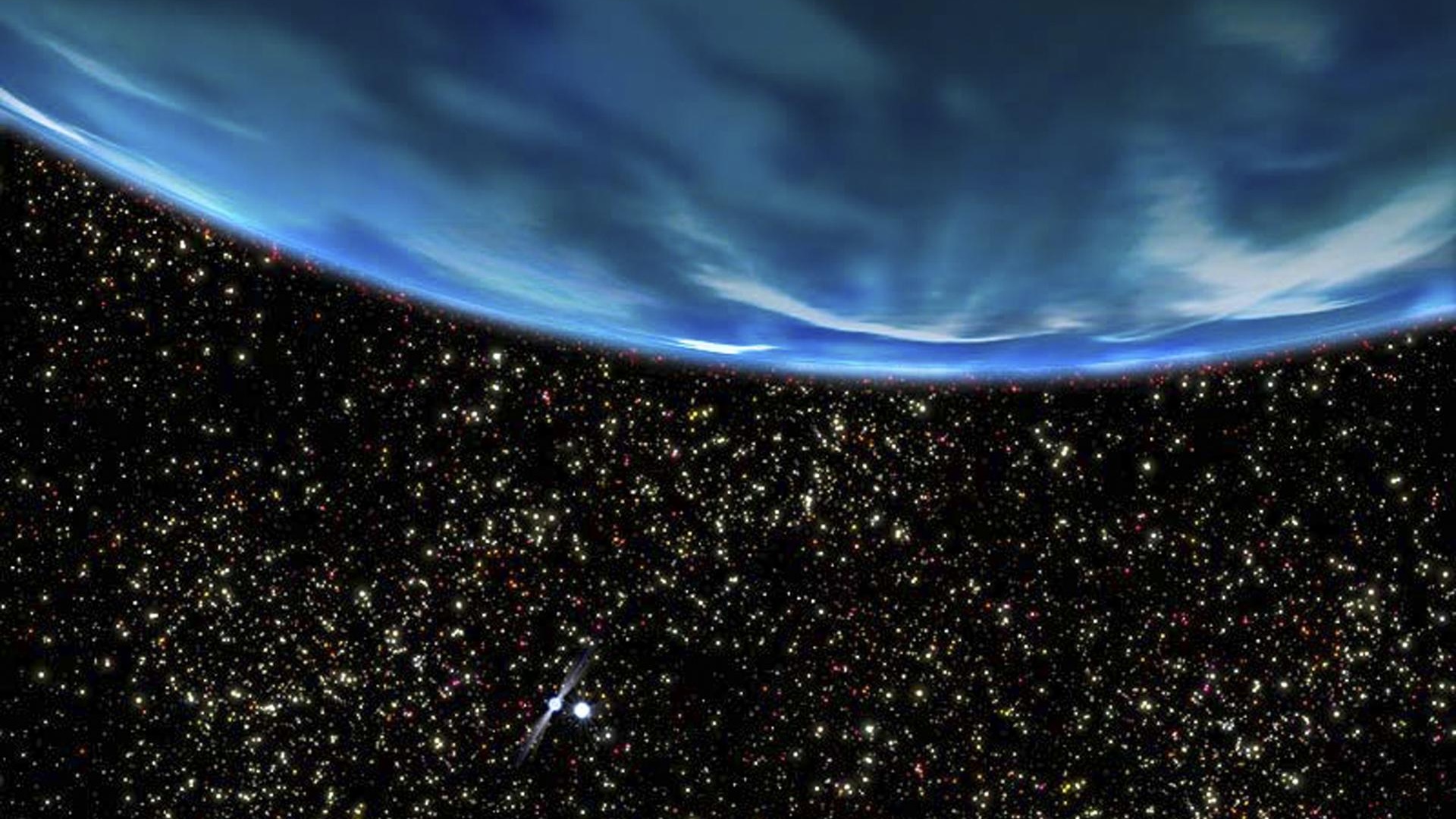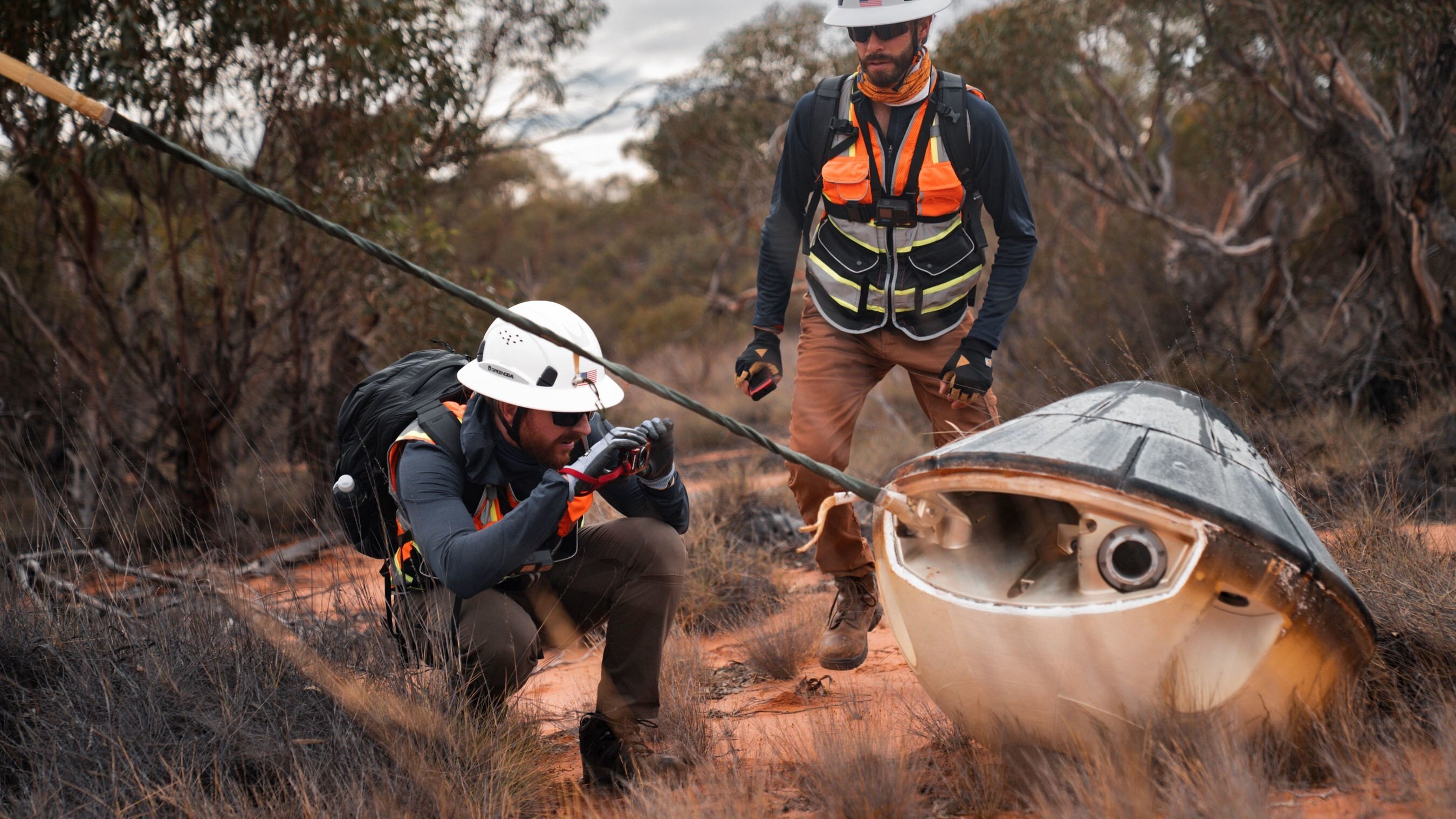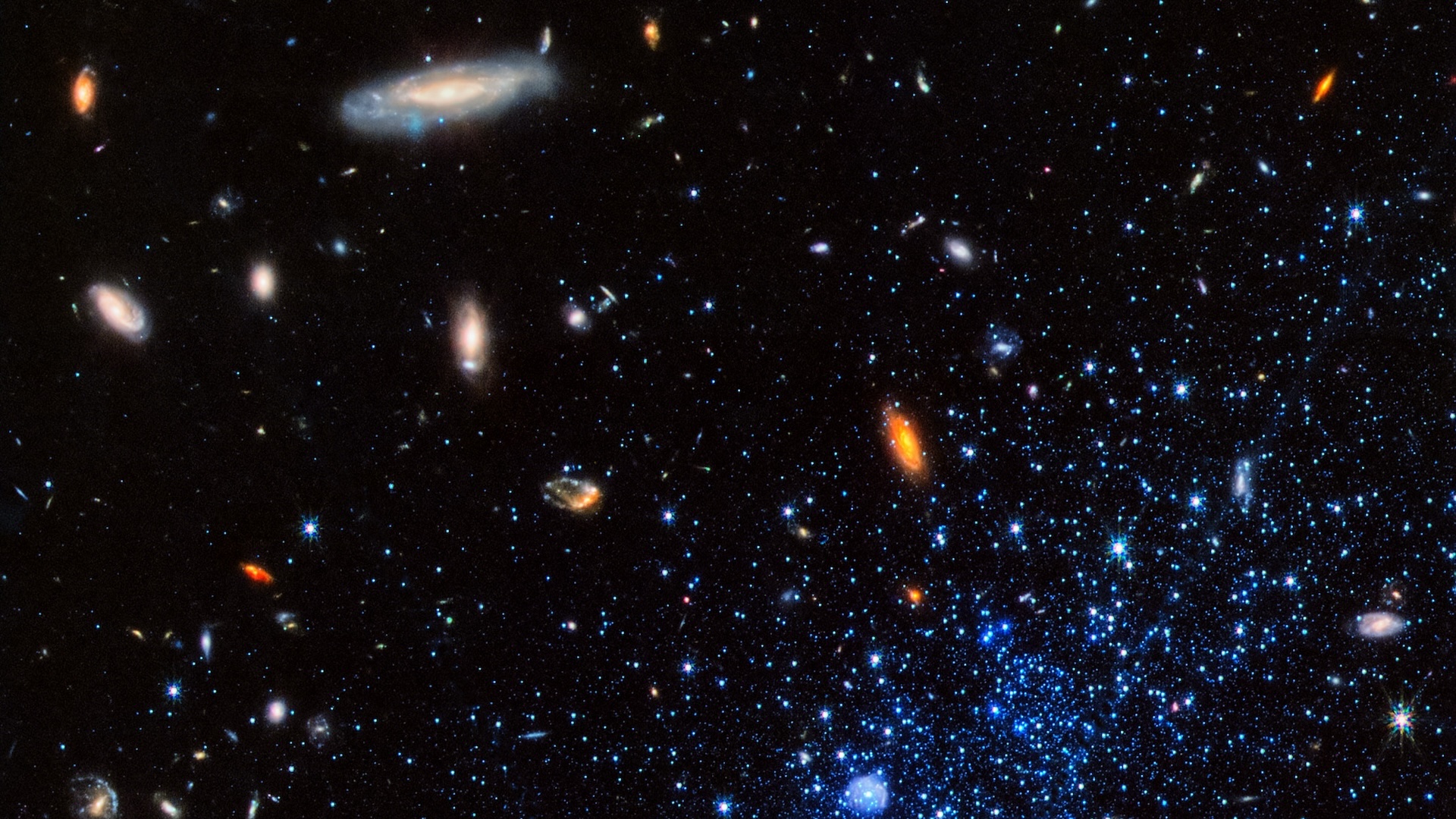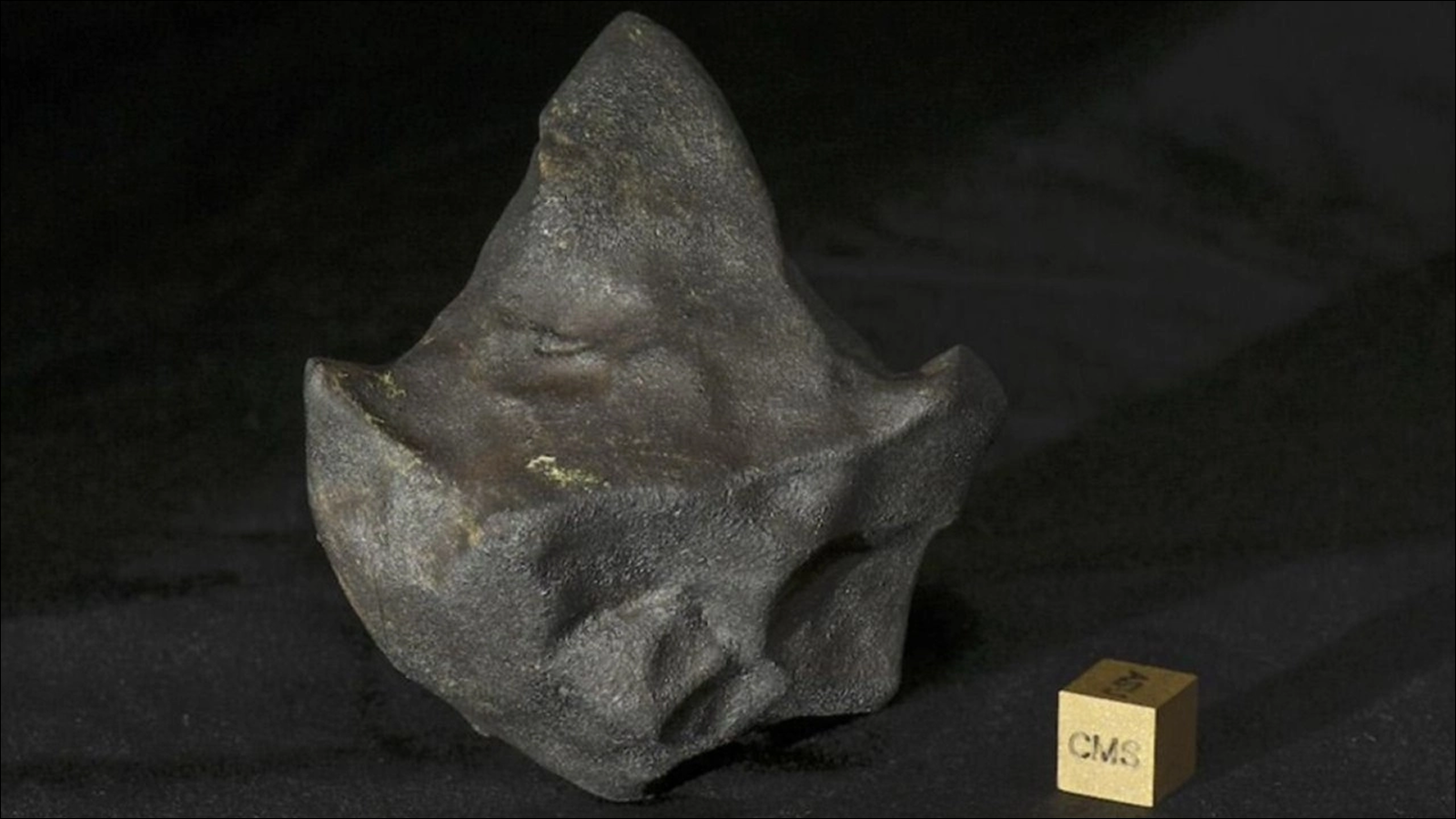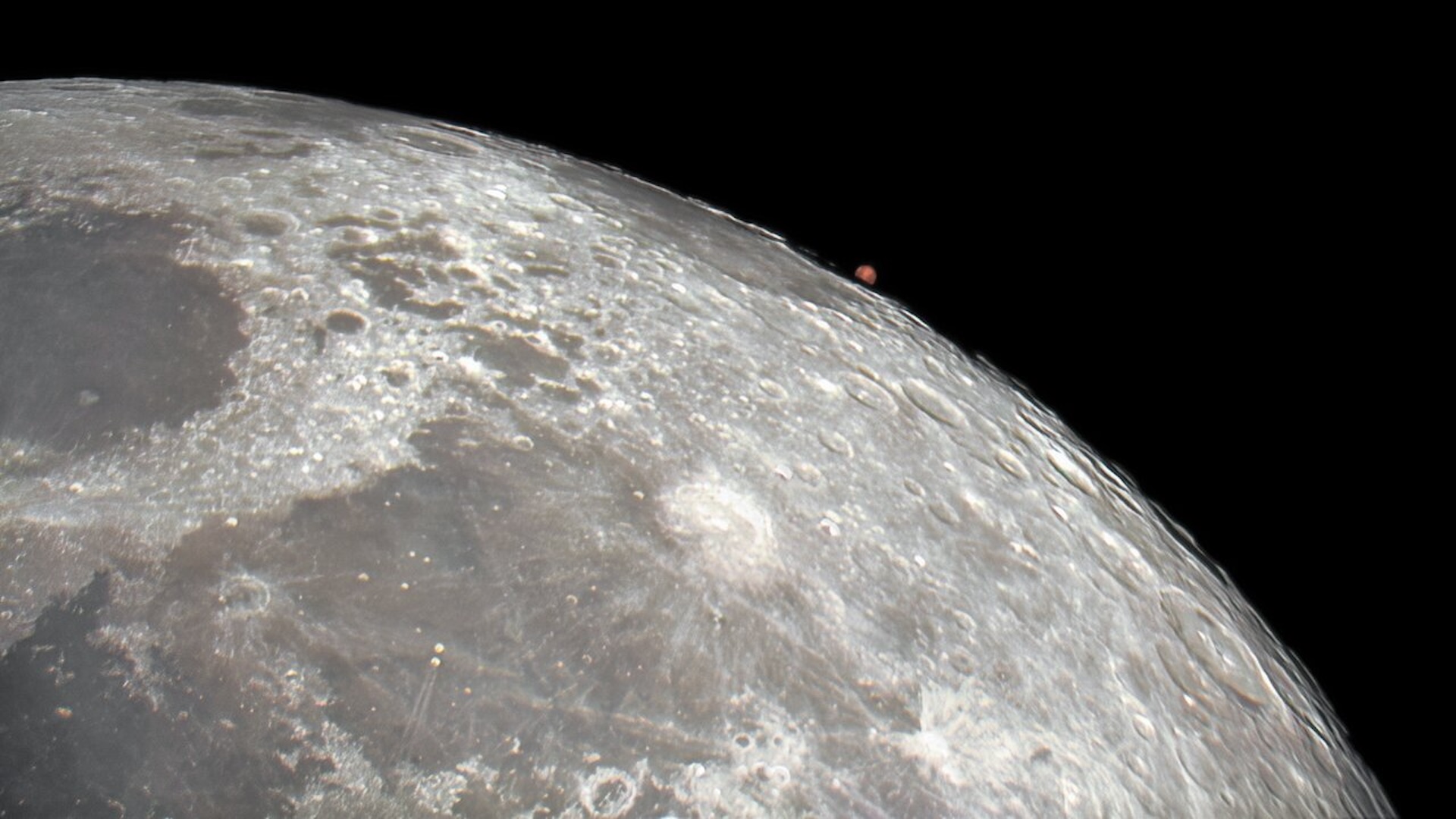Space news, features and articles
Explore Space
Editor's Picks
Latest about Space
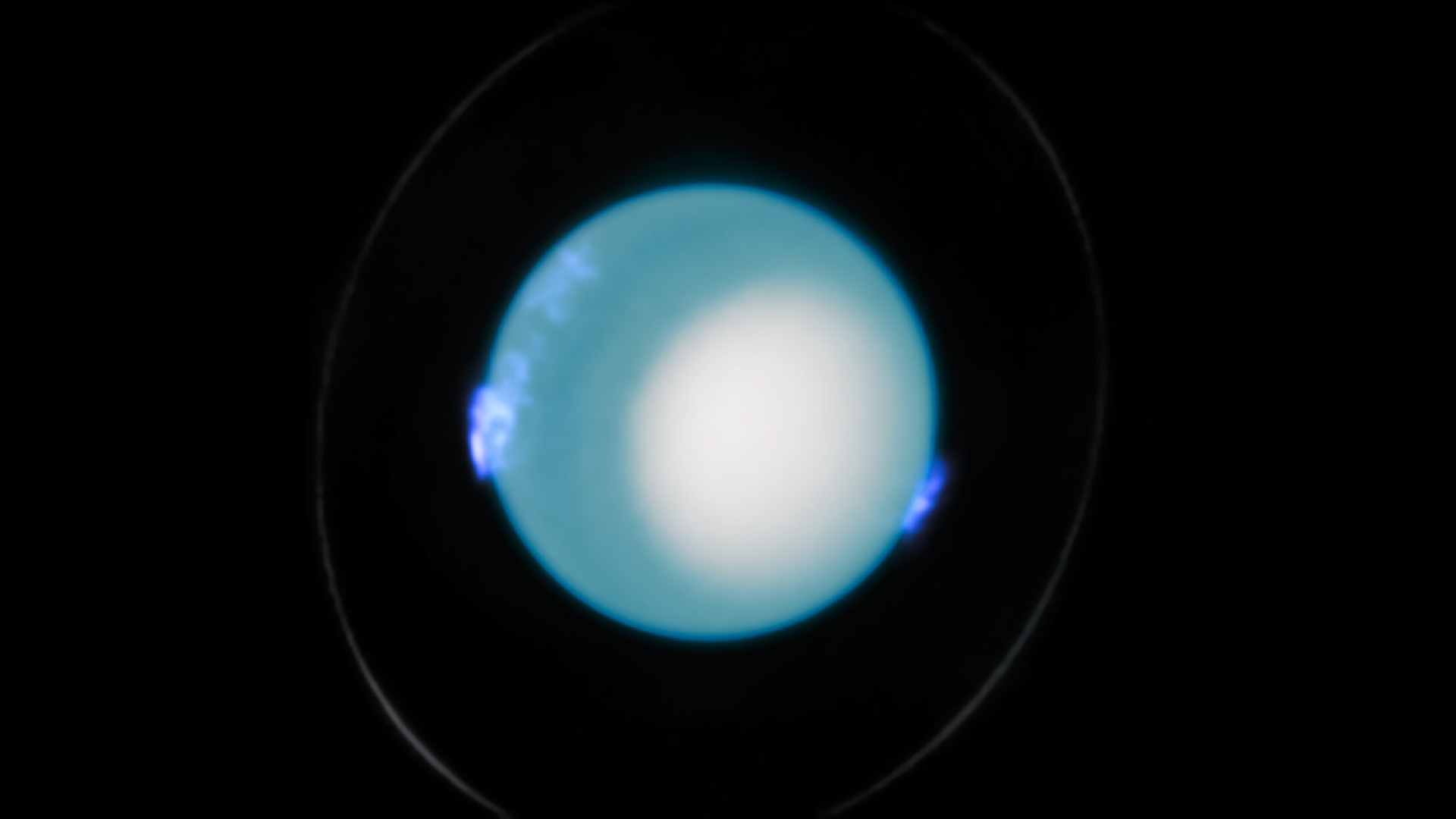
Scientists finally know how long a day on Uranus is
By Skyler Ware published
An 11-year Hubble study has finally revealed how long a day lasts on Uranus.
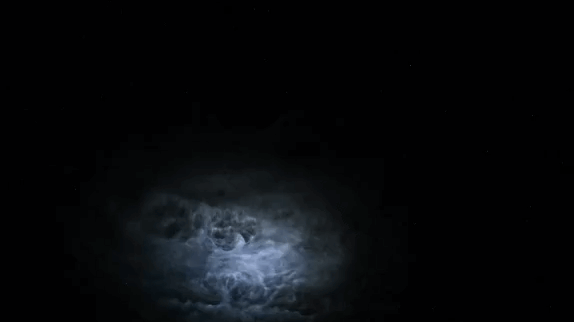
Rare colorful lightning caught on camera by ISS astronaut. 'OK, this is kind of out there'
By Brett Tingley published
NASA astronaut Don Pettit captured breathtaking video of a rare atmospheric phenomenon from his perch high above Earth on the International Space Station.
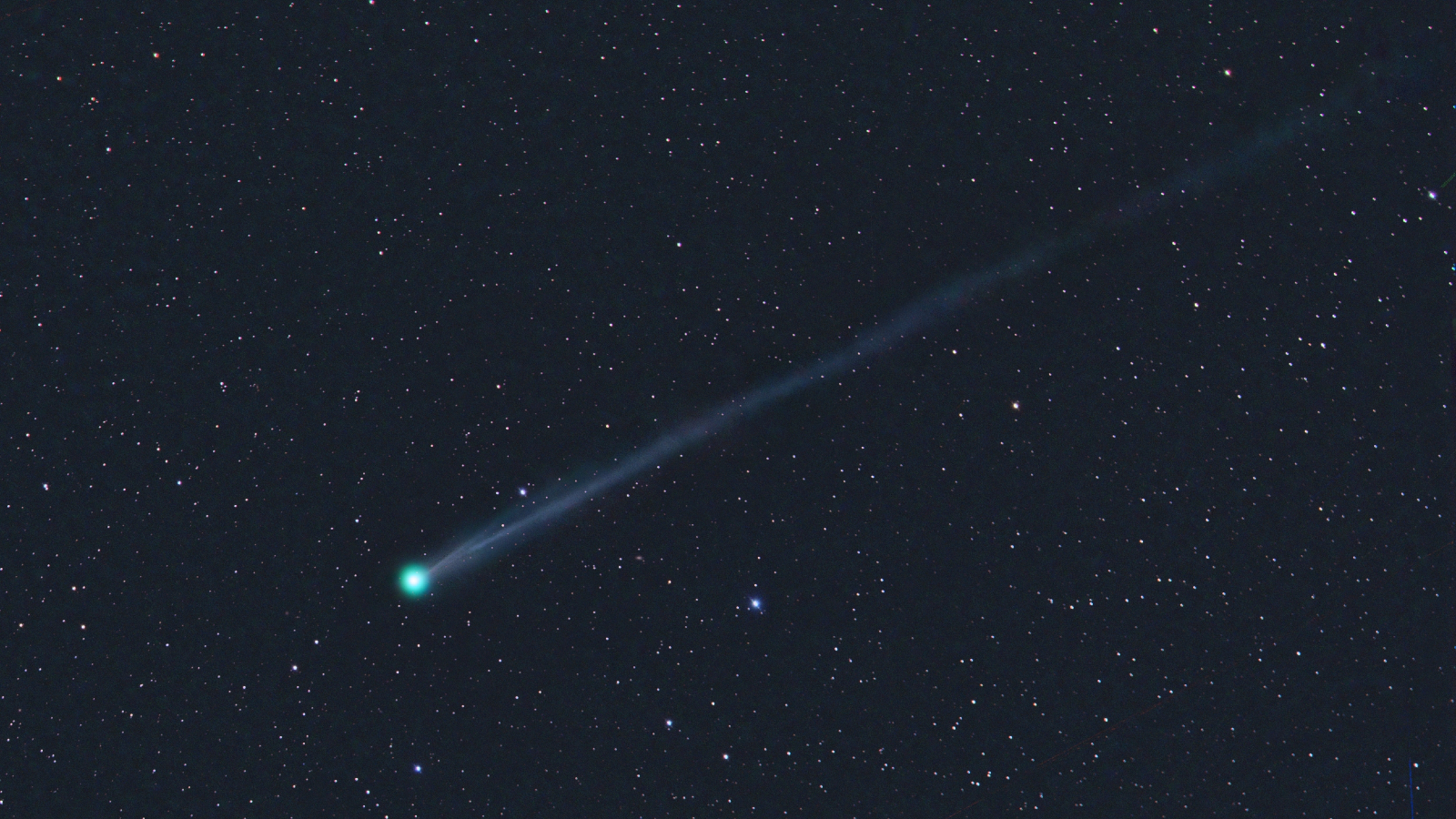
Amateur astronomer discovers bright green comet SWAN25F — and you can see it too
By Harry Baker published
Comet SWAN25F was discovered using photos from the European Space Agency's SOHO spacecraft and can currently be spied using backyard equipment — but it could also become visible to the naked eye in the next few weeks.
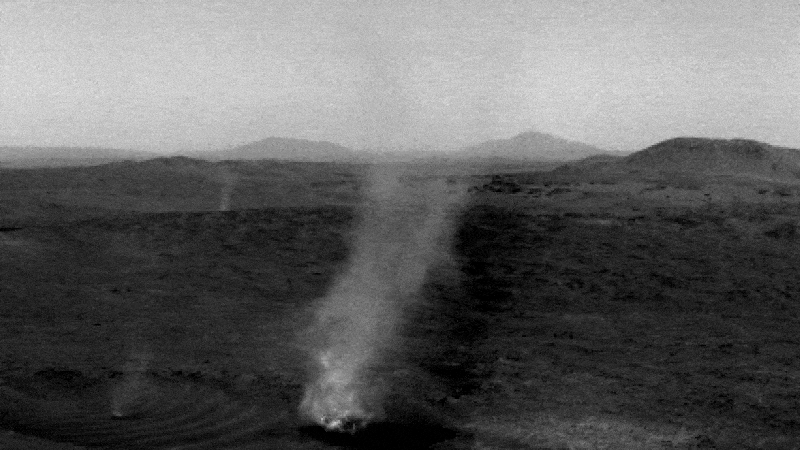
NASA rover watches 'fiendish' Martian 'dust devils' collide in rare case of extraterrestrial cannibalism
By Harry Baker published
Video footage captured by NASA's Perseverance rover shows a small "dust devil" merging with a much larger twister on the surface of Mars.
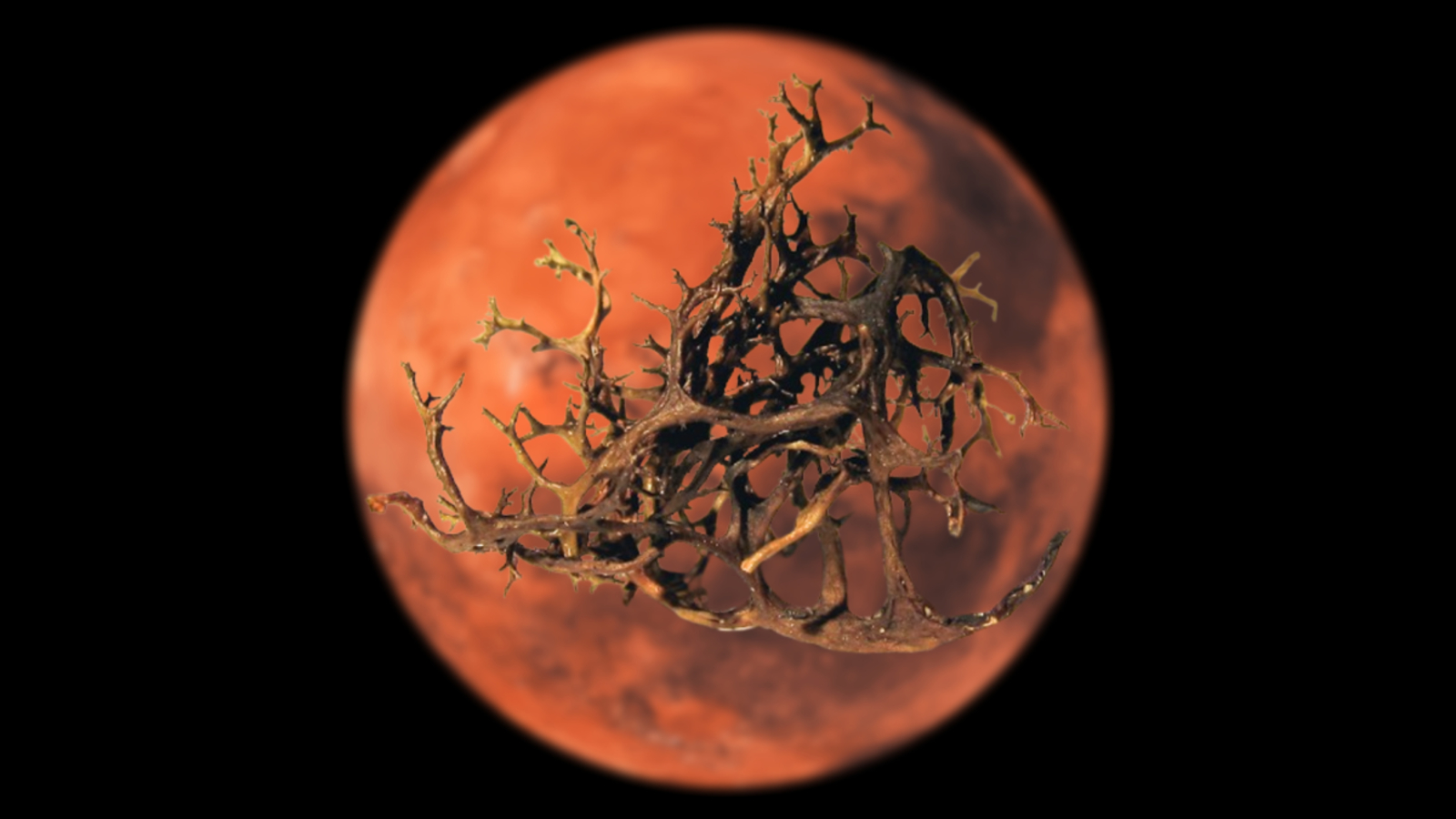
These strange, hybrid Earth lifeforms could survive on Mars, new study hints
By Harry Baker published
Researchers bombarded lichens with a year's worth of Martian radiation in just 5 hours — and they survived, hinting that the extremophiles could potentially live on the Red Planet.
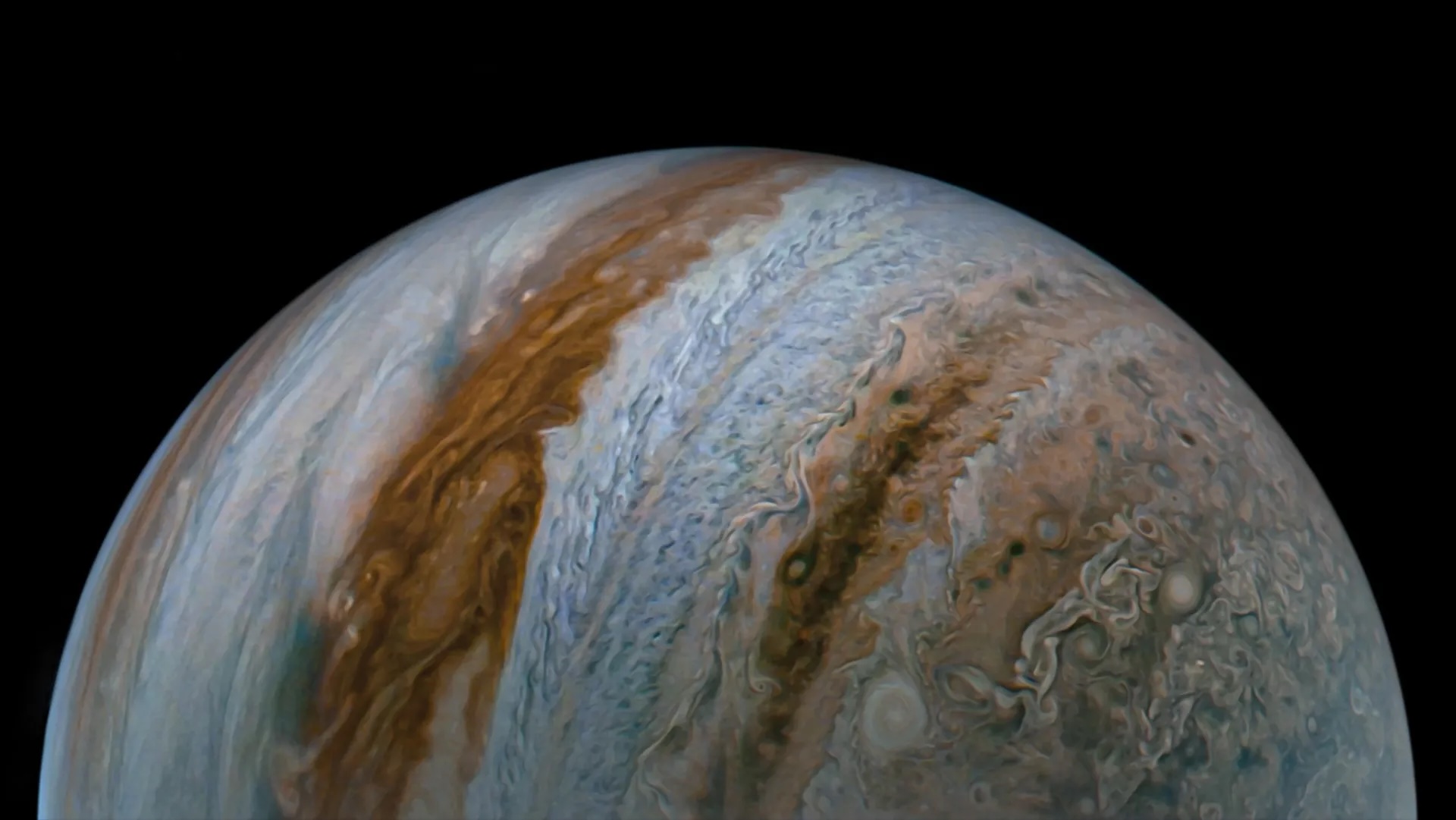
Powerful solar winds squish Jupiter's magnetic field 'like a giant squash ball'
By Victoria Corless published
A massive solar windstorm in 2017 compressed Jupiter's magnetosphere "like a giant squash ball," a new study reports.
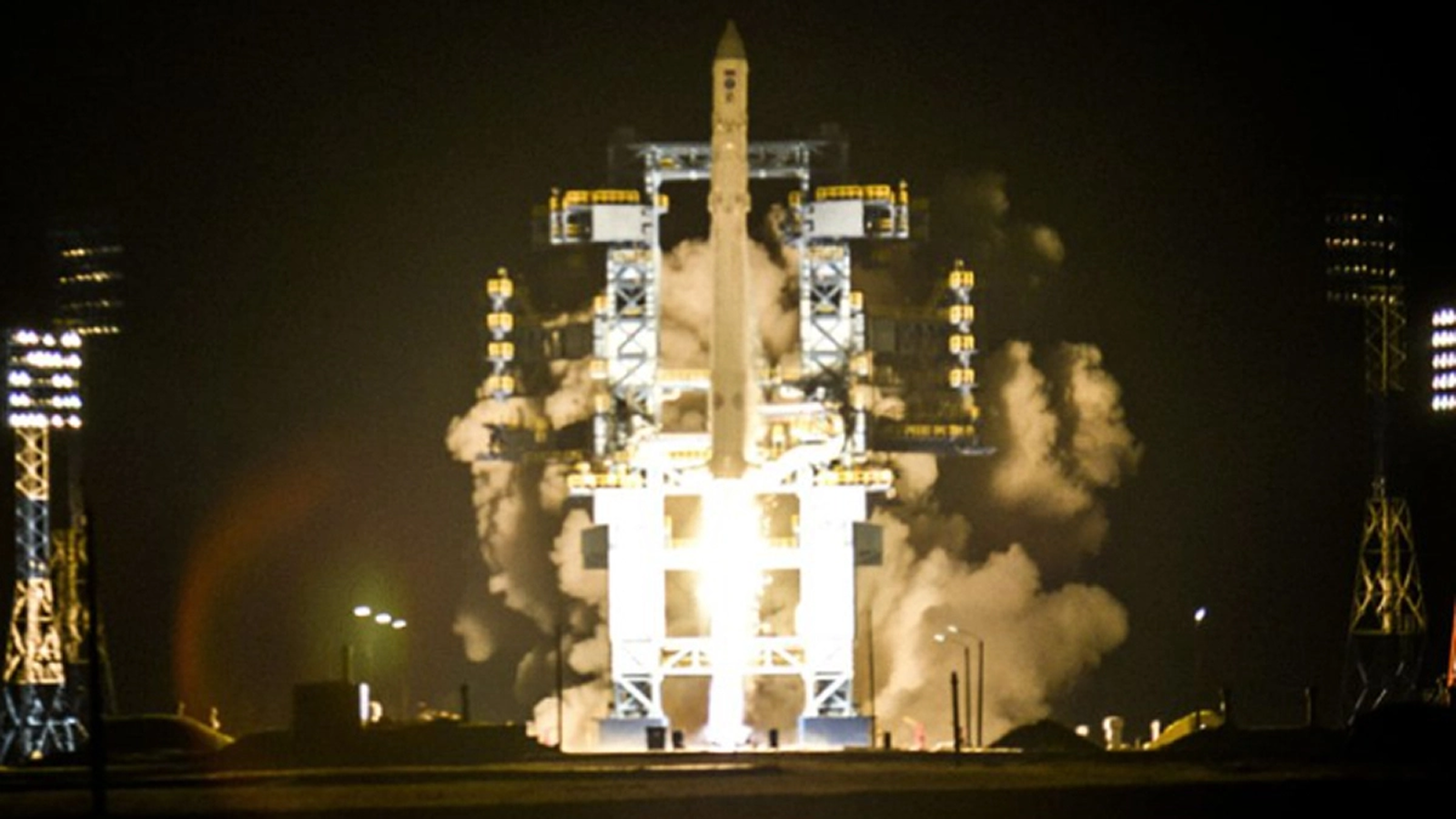
Secretive Russian military satellites release mystery object into orbit
By Andrew Jones published
The classified Kosmos satellite trio has sparked intrigue in space-tracking circles.

One of our favorite beginner's telescopes — now under $300 with a 20% saving at Amazon
By Paul Brett published
Deal The AstroMaster 102AZ is one of Amazon's best selling beginner telescopes and rated for its ease of use and versatile performance.
Sign up for the Live Science daily newsletter now
Get the world’s most fascinating discoveries delivered straight to your inbox.
